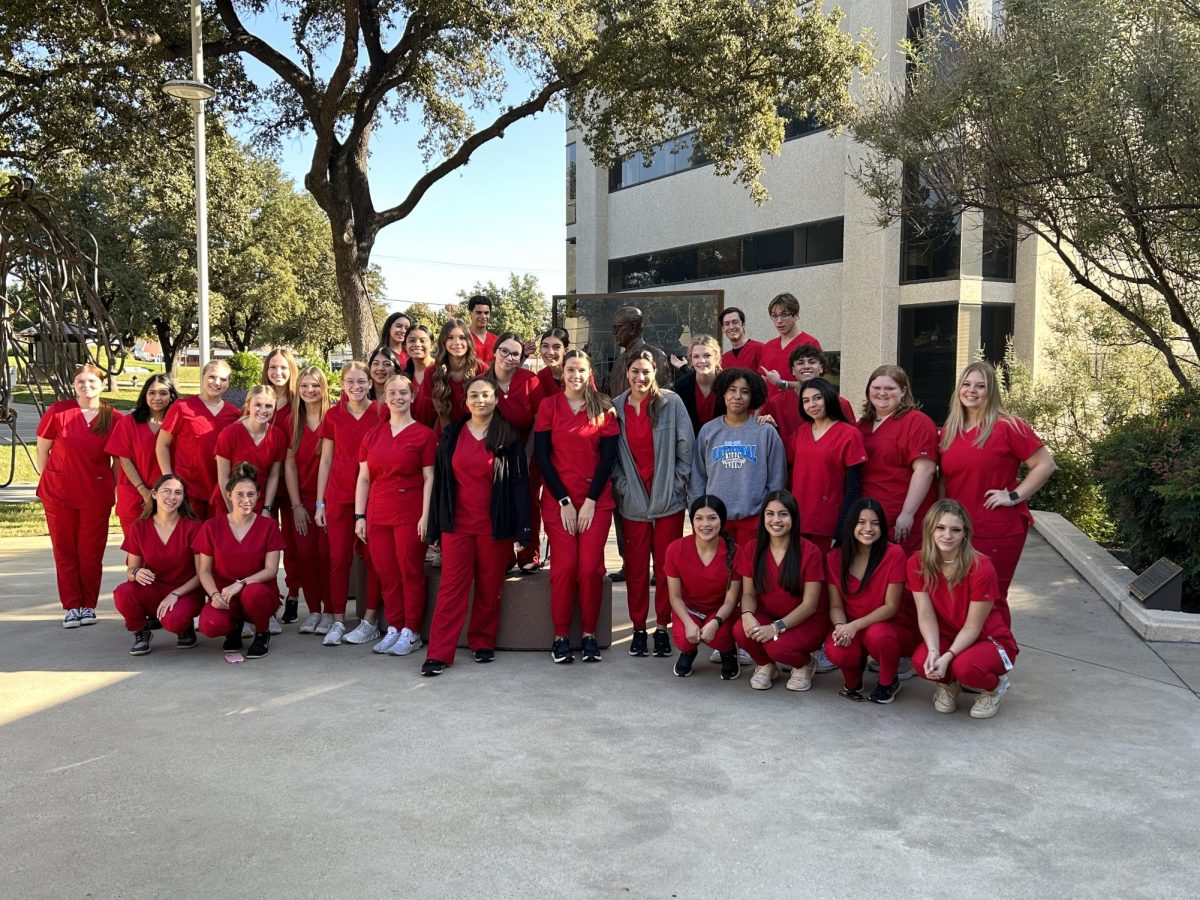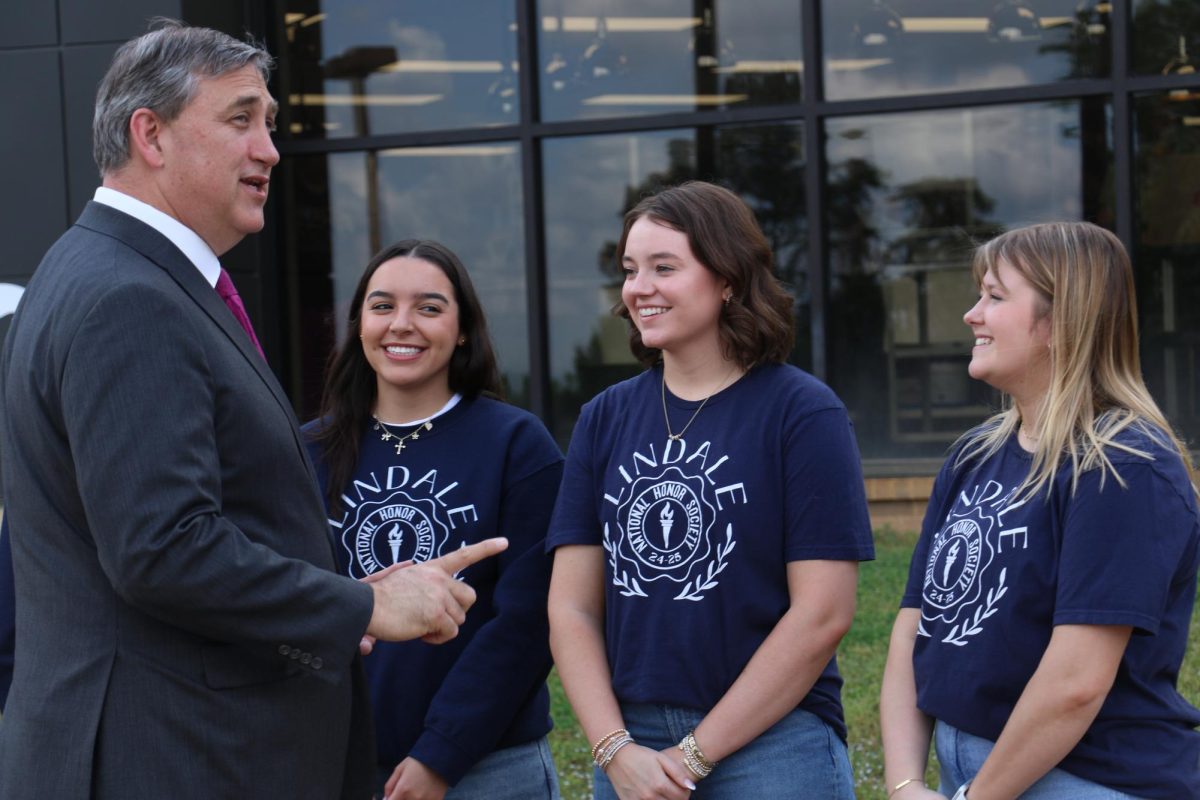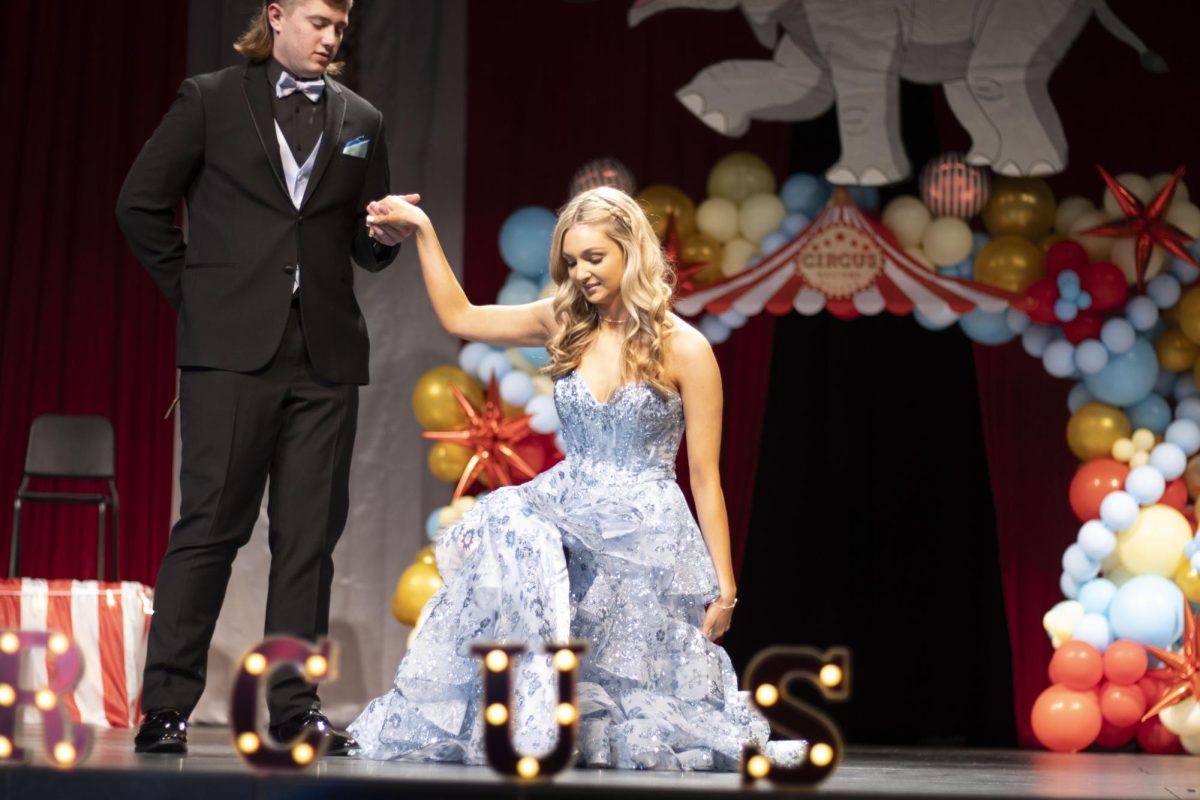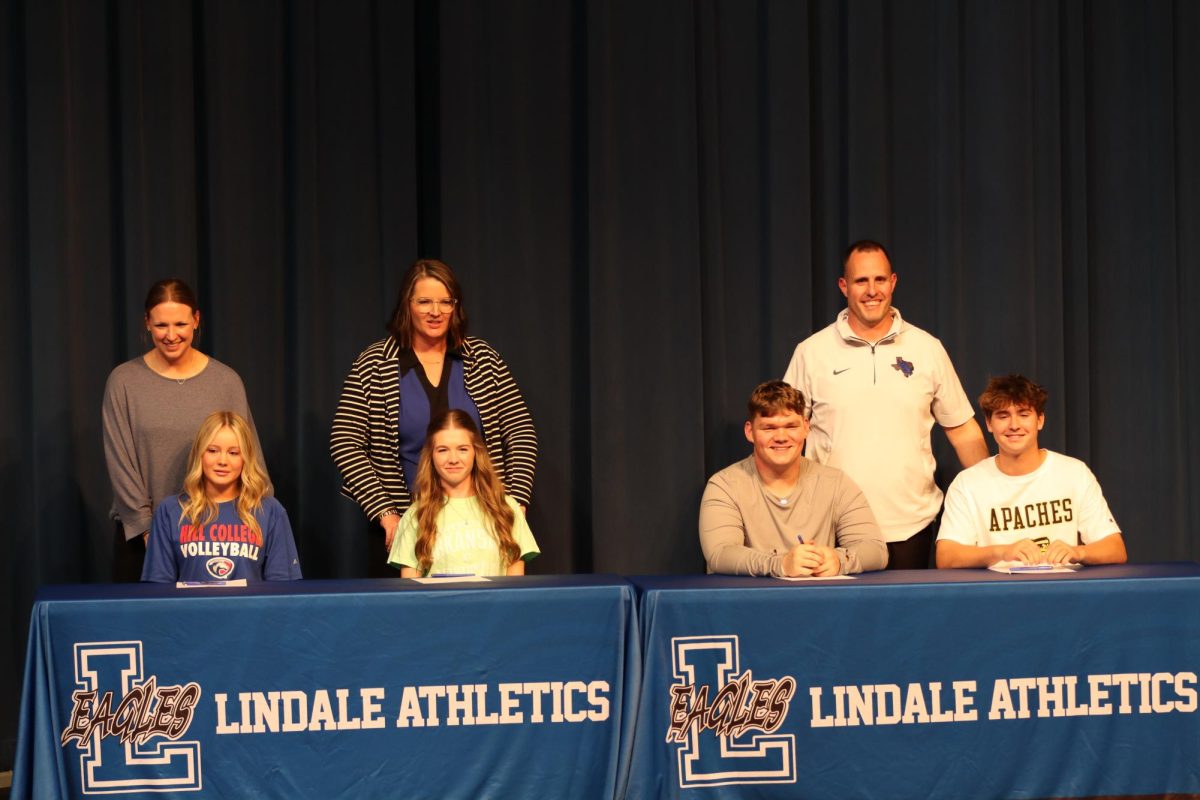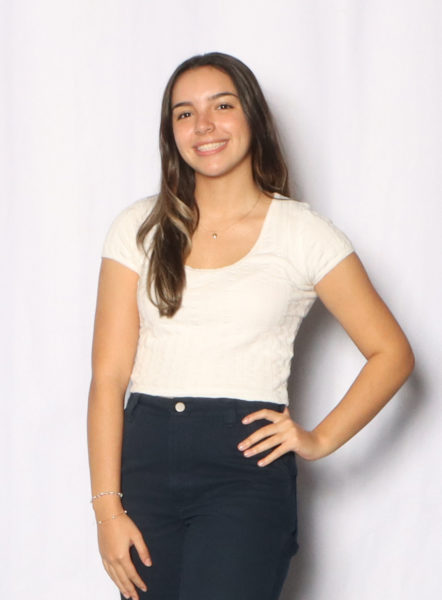Students in the medical assistant classes visited the UT Southwestern Medical School Wednesday.
“The trip was a great opportunity for students to learn and see different things in the medical school,” CMA teacher Sally Clemmons said. “Not only was the trip educational, it correlated with what we have been working on in class.”
During the trip, students had the opportunity to learn about animal testing. The outreach coordinator taught them about what each animal is tested for in order to help certain human diseases and medications.
“At first, it was very difficult to understand and watch because hundreds of animals were locked away being treated,” senior Elijah Watson said. “Yet, at the same time, I realized how important it was for the human race.”
After the presentation, students got to see animals such as pigs, zebra finches, and rabbits and feed them. They were able to see the testing labs and equipment used in each research.
“Those animals are making a sacrifice so that we can get a better understanding of the world of medicine,” Watson said. “Being able to see the animals was a once in a lifetime opportunity.”
In addition to the animal testing portion, students were able to have an anatomy lab where they learned about body systems. A qualified embalmist and funeral director showed them how each system works together as well as how they affect one another.
“She was very funny and informative,” senior Henrique Arantes said. “We were able to learn a lot from her that we wouldn’t typically learn from the classroom.”
In addition, students were able to learn about the realistic proportions of each body system. They were able to compare and contrast each organ to see how life choices affect the body.
“It was very interesting to see and handle all of the organs,” junior Emma Dilley said. “I was very surprised by the actual size of some organs and it just made me amazed with the human body and how it works together flawlessly.”
Following the teaching portion, students were able to view and touch organs from donors. Some of the organs students were able to view include the heart, brain, and stomach.
“It was really cool to get to observe real organs,” Arantes said. “It was a unique experience to see what makes up the human body.”



